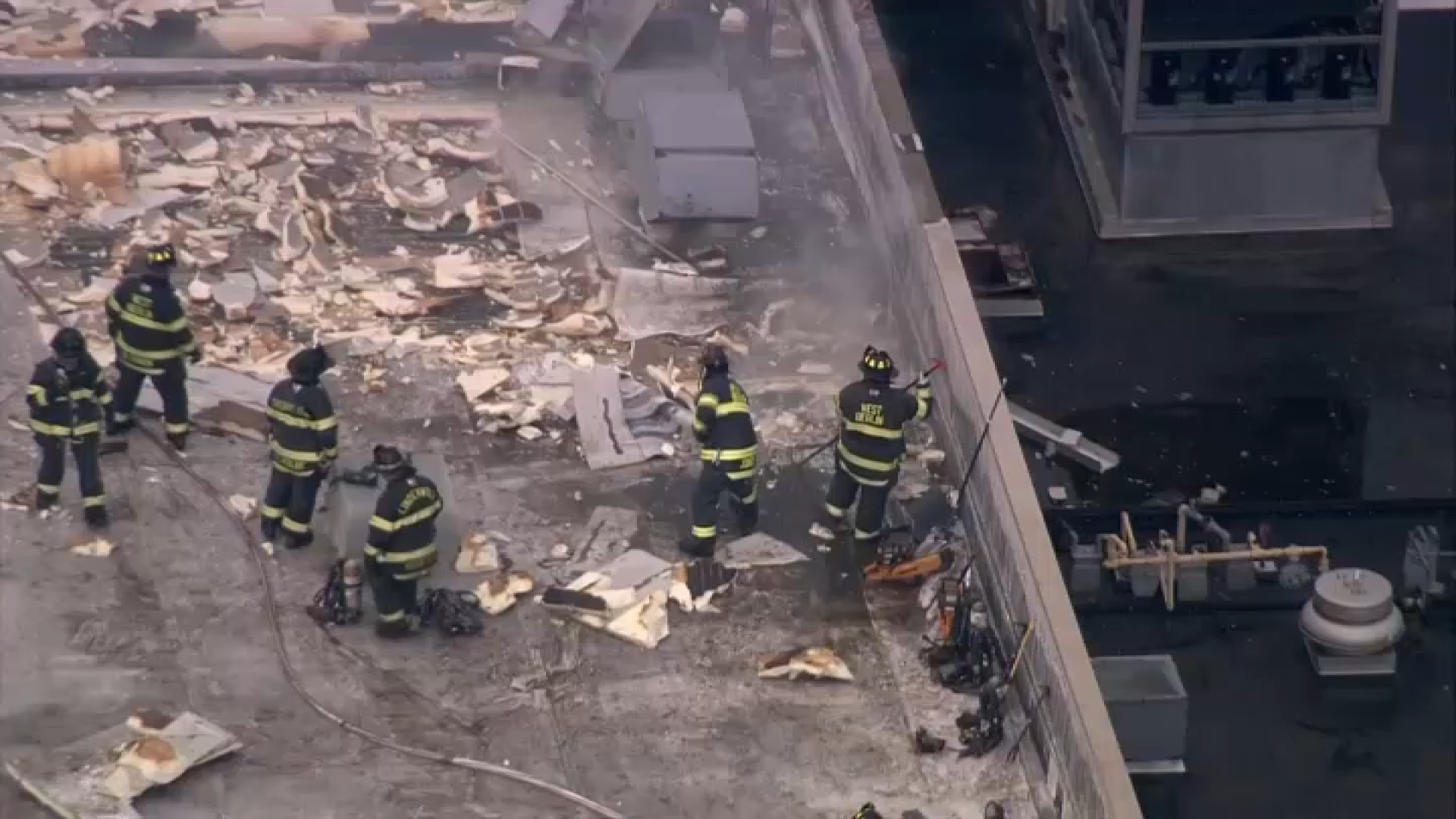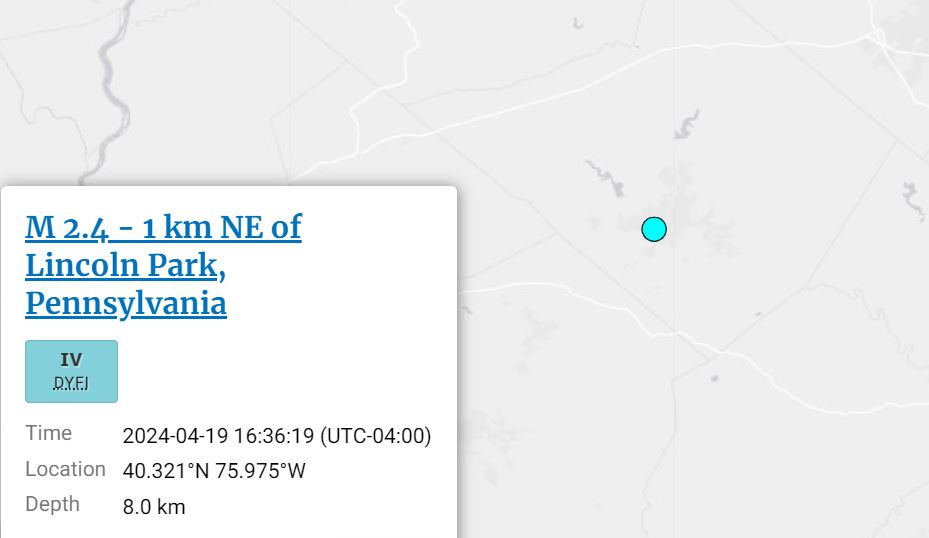Pennsylvania motorists who gravitate toward the left lane may have to wait a bit longer to learn whether state policymakers consider it safe to increase interstate speed limits to 70 mph.
A Penn State study of crash and speed data in pilot areas where the higher speeds have been in place for about year found no significant overall increases in speeds for either cars or trucks, and that the percentage of vehicles going faster than the posted limit actually deceased by about a third.
The higher speeds were authorized by a major transportation bill in 2013 that raised gasoline taxes and motorist fees to fund billions in infrastructure improvements.
Since then, the Pennsylvania Turnpike and the Pennsylvania Department of Transportation have been studying higher limits of 70 mph on a 97-mile stretch of the turnpike, on an 88-mile portion of Interstate 80 in the center of the state and on 16 miles of Interstate 380 in northeastern Pennsylvania.
"We picked these pilot areas after reviewing information, such as best practices, from other states and analyzing speed and traffic data," said PennDOT spokesman Rich Kirkpatrick. "We wanted to analyze locations in different areas of the state to review stretches with varied traffic conditions."
The highway department and turnpike commission will have to decide which portions of interstate where the top speed is now 65 mph might be good candidates for the 70 mph limit. It may be another year before the state has enough information about the test zones to make that decision, including recommendations about how long the minimum length of higher speed zones should be.
Kirkpatrick said lower speeds don't necessarily equate to greater safety.
"An industry standard is to post speeds within 5 mph of what roughly 85 percent of the traffic is doing, or lower," he said. "For example, we would not post a 30 mph speed limit on an interstate, because the difference between the limit and actual motorists' speeds would be too great and actually reduce safety."
Within the turnpike study zone, 85 percent of people had been driving at or below 73 mph before the limit rose to 70 mph. Afterward, 85 percent of drivers were going 75 mph — an increase of about 2 mph.
Most trucks have mechanical governors that limit their top speeds to less than 70 mph anyway, said Jim Runk with the Pennsylvania Motor Truck Association.
"You're certainly not going to get a company that will permit" higher speeds, Runk said, "but you might have independents who buy the rogue vehicles or more powerful units."
A turnpike spokesman said the pilot zone study found fewer crashes after the higher speed went into effect, although they are still comparing those numbers to historical data.
Local
Breaking news and the stories that matter to your neighborhood.
Turnpike spokesman Carl Defebo said senior executives and commissioners could be ready to make decisions about speed limit changes within the system later this year, although there is no specific timetable yet.



